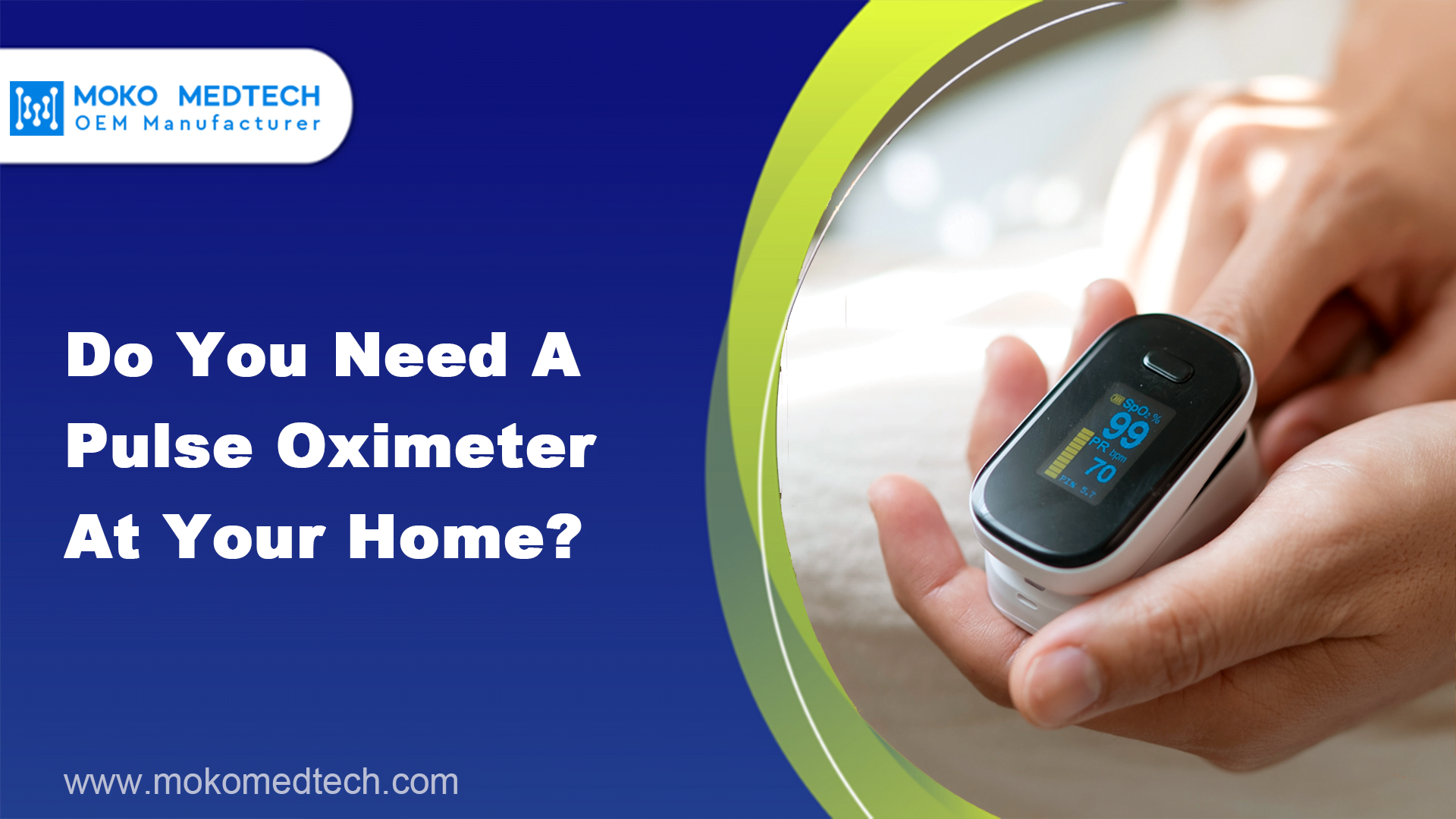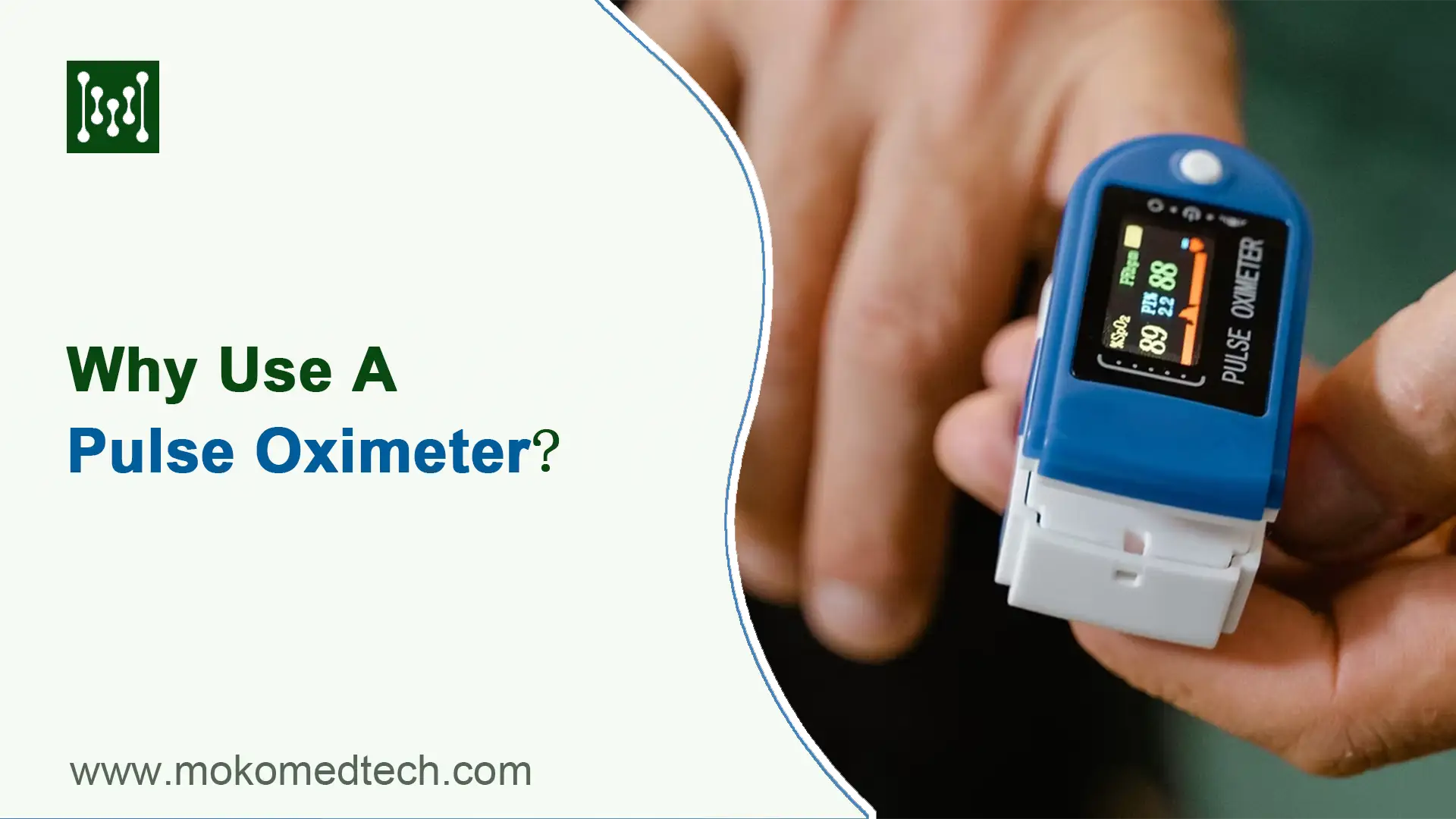Overview
Pulse rate refers to the frequency of arterial pulsation, usually measured in the number of pulses per minute. The generation of pulse rate originates from the heart. The heart contracts and ejects blood, causing the arteries to expand. When the ventricles dilate, the arteries also rebound elastically. Therefore, the arteries undergo periodic fluctuations and pulsations with the contraction and relaxation of the heart, forming an arterial pulse.
Pulse rate refers to the number of arterial pulsations perceived by the examiner’s fingertips, while heart rate usually refers to the frequency of heart beat perceived by the examiner using a stethoscope or the real-time heart rate obtained through electrocardiogram examination.
Pulse rate is a common vital sign indicator in clinical practice, which can be influenced by various factors such as age, gender, mood, disease, etc. Adults with a pulse rate exceeding 100 beats per minute are called tachycardia, while those with a pulse rate below 60 beats per minute are called bradycardia. When patients experience heart disease, endocrine disorders, anemia, infection, fever, hypoglycemia, shock, etc., abnormal pulse rates may occur.
In addition, changes in pulse rates may also occur under physiological conditions, such as intense exercise, altered posture, pregnancy, alcohol consumption, tea consumption, coffee consumption, etc.
- Normal level: There are certain differences in pulse rates among different populations, with healthy adults having a pulse rate of 60-100 beats per minute in a quiet state
- Purpose of examination: Pulse rate monitoring helps to evaluate basic vital signs and diagnose corresponding organ and system diseases in humans
- High risk value: When the heart rate exceeds 120 beats/min or falls below 50 beats/min in a quiet state, medical examination should be sought
- Adjustment suggestions: In clinical practice, abnormal pulse rates values can be adjusted by actively treating primary diseases, supplemented by measures such as diet and exercise
What Is The Normal Value of Pulse Rate?
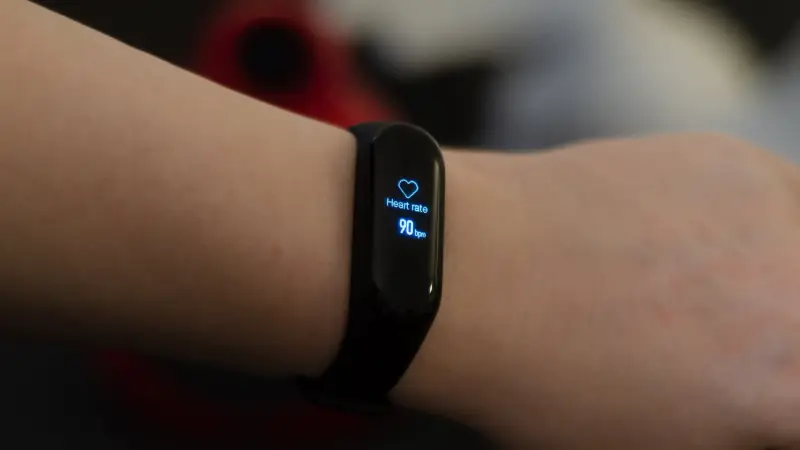
There are certain differences in pulse rates among different populations, and the normal range is as follows:
- Healthy adults have a pulse rate of 60-100 beats per minute in a quiet state.
- Pregnant women have a slightly faster pulse rates, and the pulse rate in late pregnancy can increase by 10-15 beats per minute.
- The pulse rate of infants can reach 120-140 beats per minute, that of young children is about 90-100 beats per minute, and that of school-age children is about 80-90 beats per minute. However, the latter two are at a normal level of 60-100 beats per minute.
It should be noted that due to factors such as pulse oximeter or subjective feelings of the measurer, there may be some differences in the actual measurement situation.
What Results Indicate Abnormal Pulse Rates?
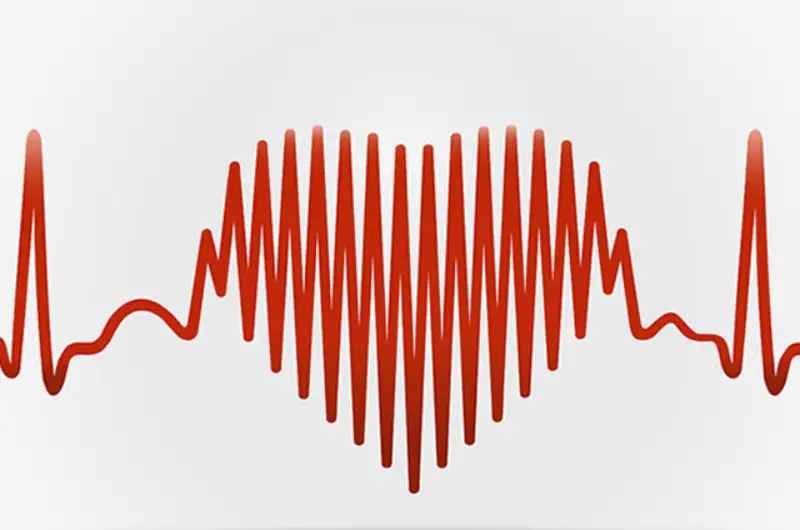
In a quiet state, a pulse rate level below or outside the normal range is considered abnormal.
- Tachycardia: The pulse rates exceeds 100 beats per minute.
- Bradycardia: The pulse rate is less than 60 beats per minute.
Pulse rate is influenced by various factors, such as emotions, exercise, diseases, etc. For specific analysis, professional doctors should be consulted and do not make judgments on their own.
What Factors May Cause Inaccurate Pulse Rate Results?
Pulse rate can be influenced by various factors, including personal factors and iatrogenic factors.
- Personal factors: Emotional excitement, intense exercise, and consuming strong tea before the examination can lead to inaccurate examination results.
- Medical factors: Instrument factors, subjective sensory differences among measurers, and other factors may all affect the accuracy of pulse rate measurement.
How to Interpret The Results of Pulse Rates Examination?
Without considering other examination results and excluding other non disease factors, a rapid pulse rate in a quiet state may indicate the presence of tachycardia, which is commonly seen in cases of organic or functional heart diseases, low blood volume, hypoglycemia, endocrine diseases such as hyperthyroidism, infection, fever, etc.
The slowing of pulse rates indicates the presence of bradycardia in the subject, which is commonly seen in pathological sinus bradycardia, sinus arrest, sinus block, atrioventricular block, acute myocardial infarction, hypothyroidism, and other conditions.
The combination of pulse rates and different laboratory and imaging examinations has diagnostic significance for certain diseases, such as electrocardiogram for myocardial infarction, cardiac ultrasound for mitral regurgitation, etc. Specific laboratory and imaging examinations can be found in the following text.
What Indicators Are Similar to Pulse Rate and What Are The Differences?
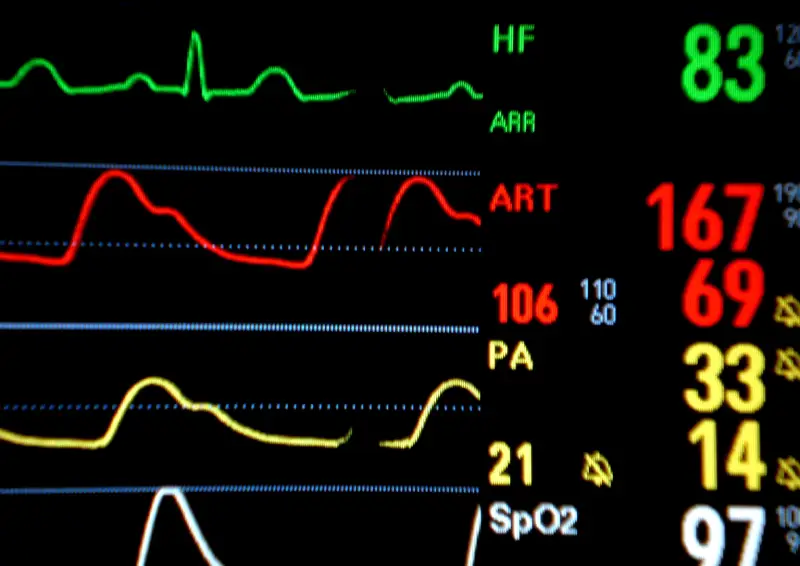
Under normal circumstances, pulse rate and heart rate are consistent. The main difference lies in the different examination sites of the two, and pulse rate can conveniently monitor the patient’s heart rate. However, if there is an arrhythmia or the heart cannot effectively pump blood to the whole body, there may be pulse loss or weak pulse, and there may be inconsistency between heart rate and pulse rate. In this case, heart rate should be taken as the standard.
Indicator Is on The High Side
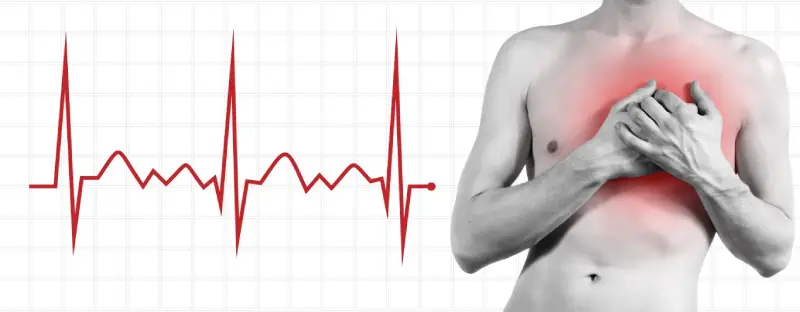
High pulse rate is often seen in normal physiological conditions, such as pregnancy, emotional excitement, intense exercise, etc; It can also be seen in certain pathological factors, such as organic or functional heart diseases, infections, endocrine diseases, etc.
What Is The Reason for The High Pulse Rate?
High pulse rate is commonly seen in physiological factors such as intense exercise, emotional excitement, pregnancy, etc. In a few cases, it can be seen in certain diseases, such as organic or functional heart disease, infection, endocrine disease, anemia, etc.
Non Disease Factors
- Vigorous exercise: When the human body engages in vigorous exercise, it causes an increase in heart load, accelerates heart rate, and causes an increase in pulse rates.
- Pregnancy: During pregnancy, due to changes in the endocrine system, such as elevated estrogen and progesterone levels, and increased fetal load, pregnant women experience significant hemodynamic changes and increased cardiopulmonary load, resulting in an increase in heart rate and pulse rate.
- Emotional changes: Factors such as tension, anxiety, and anger may cause an increase in pulse rate. When in these negative emotions, the body can cause sympathetic nervous system excitement, thereby enhancing heart beat and accelerating pulse rate.
- Medications: Sympathomimetic drugs, papaverine, tricyclic antidepressants, and other drugs may cause an increase in pulse rate. These drugs mainly stimulate the sympathetic nervous system, thereby enhancing heart beat and accelerating pulse rate.
- Diet: Drinking alcohol, smoking, drinking tea, etc. can stimulate the cerebral cortex, excite the brain, and then positively activate the sympathetic nervous system, enhancing heart beat and accelerating pulse rate.
Disease Factors
- Organic or functional lesions of the heart: Organic or functional lesions of the heart caused by various reasons may cause a higher pulse rate, such as sinus tachycardia, paroxysmal supraventricular tachycardia, etc. Due to the influence of heart rate, the pulse rate increases.
- Infection: Infection causes fever, etc. For every 1 ℃ increase in body temperature, the pulse rate can increase by about 10-20 times per minute.
- Endocrine diseases: Endocrine diseases usually change the metabolic level of patients, leading to abnormal pulse rate. The most common endocrine disease in clinical practice that can cause an increase in pulse rate is hyperthyroidism. Due to an increase in basal metabolic level and oxygen consumption, the heart compensates for an increase in blood pumping speed, which may cause an increase in pulse rate.
It should be noted that due to the influence of various factors mentioned above, the pulse rate measured in different situations in actual life may have certain differences, and the specific diagnosis should be based on the doctor.
If The Pulse Rate Is High, Under What Circumstances Is It Recommended to Seek Medical Attention in A Timely Manner?
Elevated pulse rate is commonly caused by physiological factors such as intense exercise, emotional excitement, and a strong diet of tea. It can generally be relieved after a short rest. If symptoms persist, it suggests that the increase in pulse rate may be caused by pathological factors and related to organic or functional heart diseases, endocrine metabolism abnormalities, infections, etc. It is necessary to seek medical attention in a timely manner to eliminate potential systemic diseases, especially those accompanied by asthma, accelerated breathing, dizziness Patients with symptoms such as cold extremities, cyanosis around the lips, chest pain, shoulder pain, etc., and the faster the pulse rate in a resting state, the more alert they should be to the possibility of acute diseases.
When The Pulse Rate Is High, What Tests May Be Necessary for Further Investigation?
Elevated pulse rate, after excluding non disease factors, may be related to cardiac organic or functional diseases, endocrine and metabolic abnormalities, etc. For patients with unexplained elevated pulse rate, doctors prioritize the possibility of the heart to avoid not detecting heart disease in a timely manner. Therefore, the following tests may be conducted to further identify the cause:
Heart Disease
- Electrocardiogram: If an increase in pulse rate is found, the doctor may perform an electrocardiogram examination to determine whether the patient has arrhythmia, heart rate abnormalities, etc. If there are myocardial infarction, pericardial effusion, etc., the electrocardiogram may also have characteristic manifestations, but it only serves as a reminder, and other more accurate examinations are still needed.
- Cardiac ultrasound examination: Cardiac ultrasound examination can preliminarily determine whether a patient has organic heart diseases, such as mitral regurgitation, mitral stenosis, etc., which helps doctors find the cause of increased pulse rates.
- Cardiovascular angiography: It can effectively detect patients’ organic heart diseases, such as atrial septal defect, ventricular septal defect, foramen ovale insufficiency, coronary artery stenosis, and is more intuitive than cardiac ultrasound.
Hyperthyroidism
When the possibility of heart disease in the patient is completely ruled out, the examination for other possible diseases, such as endocrine diseases, and hyperthyroidism, need to be vigilant. Check whether the patient’s thyroid hormones are at normal levels, and whether the patient has thyroid structural abnormalities through thyroid ultrasound examination, which helps doctors determine whether the patient has hyperthyroidism.
Infect
- During the examination of endocrine related diseases, a temperature check can preliminarily determine whether the patient is infected. If the patient is suspected to be infected, tests such as erythrocyte sedimentation rate, C-reactive protein, procalcitonin, and blood culture are needed to clarify the condition.
The specific examination items should exclude cardiac abnormalities, endocrine abnormalities, hematological abnormalities, infections, and other conditions one by one based on the patient’s basic indicators.
What Treatment Measures May Doctors Take after Discovering A High Pulse Rate?
If an increase in pulse rate is found, doctors may take corresponding treatment measures based on different causes after a clear diagnosis:
- Cardiovascular system abnormality: If the increase in pulse rates of a patient is caused by cardiovascular system abnormality, the doctor will choose the treatment method based on the corresponding type of patient. If the patient has paroxysmal supraventricular tachycardia, the doctor will immediately improve the electrocardiogram to further determine, use methods such as stimulating the vagus nerve, pressing the carotid sinus, performing Valsalva action, and issuing corresponding medication to control the heart rate, such as metoprolol. If the pulse rate is still fast, Electric cardioversion may be performed. If it is atrial fibrillation, the doctor will determine the type of atrial fibrillation. If it is isolated atrial fibrillation, the patient may be instructed to adjust their daily routine for observation. If it is persistent atrial fibrillation, medication control or electrophysiological treatment may be given. If it is ventricular fibrillation, direct electroconversion is performed to save the patient’s life.
- Endocrine diseases: If the increase in pulse rate is related to endocrine diseases such as hyperthyroidism, doctors will actively treat the patient’s primary disease through medication and other treatment methods, such as hyperthyroidism. Doctors may prescribe anti-thyroid drugs and adjuvant drugs. If the effect is not good, radiation iodine treatment may be guided based on the patient’s specific situation. In severe cases, such as when the enlarged thyroid gland compresses the trachea, Surgical treatment may be required.
- Infection: The first step is targeted treatment, such as pain relief, fluid replacement, fever reduction, etc., to ensure that the patient’s condition is within a controllable range. At the same time, if necessary, antibacterial or antiviral treatment is given, and the vast majority of patients can return to normal.
What Should I Pay Attention To in My Diet After Discovering A High Pulse Rate?
Patients with elevated pulse rates should pay attention to a low salt and low-fat diet, avoid spicy stimulation, eat more fresh vegetables and fruits appropriately, and ensure sufficient daily water intake.
It should be noted that the reduction of indicators ultimately depends on treatment, and simply adjusting diet cannot completely correct the indicators.
Besides Diet, What Else Should Be Noted in Daily Life After Discovering A High Pulse Rate?
Patients with elevated pulse rates need to pay attention to the following aspects in their daily life, in addition to the treatment of primary diseases:
- Lifestyle: Eat reasonably, quit smoking and limit alcohol, reduce tea and coffee consumption, work regularly, avoid staying up late and overwork, ensure sufficient sleep, and adjust your mindset in a timely manner.
- Exercise: If physical condition allows, appropriate physical exercise can be strengthened to enhance physical fitness.
Can High Pulse Rate Be Cured Through Treatment or Lifestyle Adjustments?
The ability to cure should depend on the patient’s specific condition. After a clear diagnosis, doctors will take corresponding treatment measures. After active and formal treatment, the pulse rates indicators of most patients will return to normal. After the pulse rate returns to normal, patients also need to go to the hospital for regular follow-up under the guidance of a doctor, or conduct tests at home using instruments, especially for patients with abnormal heart conduction, hyperthyroidism, and anemia, in order for the doctor to monitor the therapeutic effect.
Indicator Is Low
The decrease in pulse rates under quiet state can be divided into two types: disease factors and non disease factors.
- Non disease factors, the decrease in pulse rate is mostly caused by nighttime rest, emotional apathy, etc. People who exercise regularly for a long time often have a slower heart rate than the general population.
- The decrease in pulse rates due to disease factors suggests that the subject may have arrhythmia, such as pathological sinus bradycardia, sinus arrest, sinus block, atrioventricular block, etc. It can also be seen in certain cardiovascular and endocrine diseases, such as sick sinus syndrome, acute myocardial infarction, hypothyroidism, increased intracranial pressure, drug effects, and special pathogen infections.
What Is The Reason for The Low Pulse Rate?
All diseases that can cause a slowing heart rate can cause a decrease in pulse rates, mainly including cardiovascular system abnormalities, endocrine abnormalities, psychological factors, infections, electrolyte metabolism abnormalities, drugs, and other factors. Among them, cardiovascular system abnormalities are the most common factors, but certain drug effects can also lead to a decrease in pulse rates.
- Cardiovascular system abnormalities: Various reasons can cause pathological sinus bradycardia, sinus arrest, sinus block, atrioventricular conduction block, sick sinus syndrome, acute myocardial infarction, etc., resulting in slow initial heart rate, abnormal conduction of the heart according to normal rhythm, conduction leakage, etc., leading to a decrease in pulse rates.
- Endocrine abnormalities: Hypothyroidism and pituitary dysfunction cause bradycardia, resulting in a decrease in pulse rates.
- Infection: influenza, typhoid, diphtheria recovery period, leptospirosis may lead to a decrease in pulse rates.
- Abnormal electrolyte metabolism: Hyperkalemia and alkalosis can cause sinus bradycardia, resulting in a decrease in pulse rates.
- Medication: β- Receptor blockers, reserpine, lidocaine, amiodarone, guanidine, morphine, digitalis, quinidine, verapamil, neostigmine, and anesthetics can cause sinus bradycardia, resulting in a decrease in pulse rates.
- Psychological factors: Emotional indifference, depression, and depression can cause sinus bradycardia, resulting in a decrease in pulse rates.
The specific examination items should exclude cardiac abnormalities, endocrine abnormalities, hematological abnormalities, infections, and other conditions one by one based on the patient’s basic indicators.
If The Pulse Rate Is Low, When Is It Recommended To Seek Medical Attention in A Timely Manner?
The decrease in pulse rate is usually related to factors such as cardiac abnormalities, endocrine abnormalities, psychological factors, infections, electrolyte metabolism abnormalities, drugs, etc. Therefore, once the examination shows that the pulse rate is significantly lower than the normal low value, usually less than 50 beats per minute, it is recommended to seek medical attention in a timely manner to eliminate potential cardiovascular and endocrine system diseases and other abnormalities.
When The Pulse Rate Is Low, What Tests May Be Necessary for Further Investigation?
If a decrease in pulse rate is found, doctors may conduct the following tests to further investigate the cause.
Heart Disease
- Electrocardiogram: If a decrease in pulse rate is found, doctors may conduct an electrocardiogram examination to determine the type of arrhythmia, which helps doctors identify the causes of organic or functional heart diseases with abnormal pulse rates, such as sinus bradycardia, acute myocardial infarction, conduction block, etc.
- Cardiac electrophysiological examination: For certain sudden and difficult to capture diseases, combined with cardiac electrophysiological examination can help doctors find the cause of abnormal cardiac conductive lesions, such as atrioventricular block.
- Cardiac ultrasound examination: Cardiac ultrasound examination can preliminarily determine whether a patient has organic heart disease, especially in patients with structural changes in the heart, such as myocardial hypertrophy and dilated heart disease, which helps doctors find the cause of reduced pulse rate.
Thyroid Examination
- The combination of pulse rates, complete thyroid function, and thyroid color Doppler ultrasound can determine the abnormal secretion and structure of the patient’s thyroid, which helps doctors determine whether the patient has hypothyroidism.
Infect
- If the patient has obvious signs of infection, such as coughing, unclean sexual activity, fatigue, etc., combining pulse rate with blood culture, pathogen gene testing, and other tests can determine whether there are infection factors that cause pulse rates reduction.
What Treatment Measures May Doctors Take After Discovering A Low Pulse Rate?
If a decrease in pulse rate is found, doctors may take corresponding treatment measures based on different causes after a clear diagnosis.
- Cardiac disease: If the decrease in pulse rate of a patient is caused by cardiac abnormalities, doctors will choose treatment methods based on the patient’s type of cardiac abnormalities. For example, if the heart rate is too slow, less than 40 beats per minute, or even there is dizziness, syncope, etc., the patient may be unable to pace normally to maintain normal body function. Therefore, doctors may place pacemakers and other devices to assist in cardiac pacing to meet their needs, Please follow the doctor’s advice for specific treatment.
- Endocrine diseases: If the decrease in pulse rate is related to endocrine diseases such as hypothyroidism, doctors will supplement thyroid hormones, such as Youjiale, through medication. Generally, it is necessary to take it regularly throughout life and regularly monitor it.
- Infection-related diseases: After a clear diagnosis is made, corresponding drugs are used for treatment based on symptoms and pathogens, such as anti pathogen treatment, fluid replacement, and asthma relief.
- Emotional factors: After excluding other organic or pharmacological reasons, if the patient considers bradycardia due to serious psychological problems, the doctor will promptly invite professionals from the relevant mental health center for guidance.
What Should I Pay Attention To in My Diet After Discovering A Low Pulse Rate?
- Dietary recommendations: Patients with reduced pulse rates should have a balanced diet, ensuring sufficient intake of nutrients such as protein, sodium, and potassium every day, while also paying attention to moderate drinking water.
- Dietary taboos: Unless there are special circumstances, try to avoid taking medication that can slow down the heart rate. For specific information, please consult the doctor who prescribed the medication.
Besides Diet, What Else Should Be Noted in Daily Life After Discovering A Low Pulse Rate?
Patients with reduced pulse rates need to pay attention to the following aspects in their daily life.
Lifestyle: Eat a balanced diet, sleep regularly, avoid staying up late and overwork, and ensure sufficient sleep.
- Exercise: Strengthen physical exercise, enhance physical fitness, enhance body immunity, and pay attention to supplementing water and electrolytes when sweating heavily.
- Family therapy: Patients with reduced pulse rate should avoid taking medication blindly on their own β- Receptor blockers, reserpine, lidocaine, amiodarone, guanidine, morphine, digitalis, quinidine, verapamil, neostigmine, and other drugs.
Can Low Pulse Rate Be Cured Through Treatment or Lifestyle Adjustments?
The ability to self heal should depend on the specific situation of the patient, and most cases of reduced pulse rates can be cured.
After a clear diagnosis, doctors will take corresponding treatment measures. After active and formal treatment, the pulse rates indicators of most patients will return to normal.
After the pulse rates returns to normal, patients also need to go to the hospital regularly for pulse rate re examination under the guidance of a doctor.

